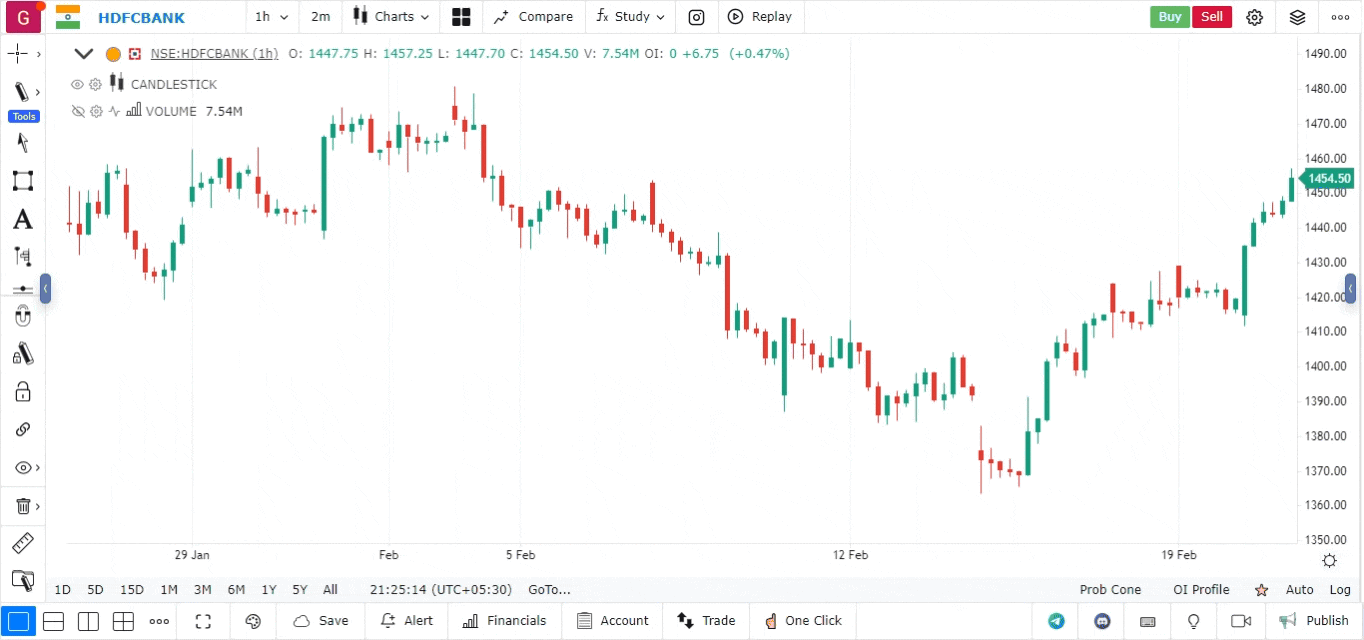Coppock Curve
The Coppock Curve is a momentum indicator developed by Edwin Coppock in the 1960s, primarily designed to identify long-term buying opportunities in the stock market. It is particularly useful for investors looking for a timing mechanism to enter long positions in bullish markets. The Coppock Curve is calculated using the rate of change of the price over a specified period, smoothed by a weighted moving average.
Overview of the Coppock Curve
The Coppock Curve oscillates above and below zero, signaling potential buy or sell points. Positive values indicate bullish momentum, while negative values suggest bearish conditions. Traditionally, the Coppock Curve is utilized on longer timeframes, such as weekly or monthly charts, to capture more significant trends.
Key Features of the Coppock Curve
- Long-Term Indicator: The Coppock Curve is best suited for long-term investments, helping traders identify potential market bottoms.
- Momentum Measurement: It measures the momentum of price changes, offering insights into market sentiment.
- Zero Line Crossovers: Crossings above the zero line signal potential buy opportunities, while crossings below may indicate sell or caution signals.
- Smoothing Mechanism: The indicator is typically smoothed using a weighted moving average, reducing noise and providing clearer signals.
How to Use the Coppock Curve
-
Open the platform:
- Log in to your account.
- Load the chart for the asset you want to analyze.
-
Select the Timeframe:
- Choose a suitable timeframe for your analysis. The Coppock Curve is often used on weekly or monthly charts.
-
Add the Coppock Curve Indicator:
- Go to the Indicators section in the platform interface.
- Search for Coppock Curve.
- Click to add the indicator to your chart.

-
Interpret the Indicator:
- The Coppock Curve will appear as a line below your price chart, oscillating around the zero line.
- Look for crossings above the zero line as potential buying signals and crossings below the zero line as potential selling signals.
-
Make Trading Decisions:
- Buy Signal: When the Coppock Curve crosses above zero, consider entering a long position, as this may indicate bullish momentum.
- Sell Signal: When the curve crosses below zero, consider closing long positions or waiting for further confirmation before entering new trades.
-
Combine with Other Indicators:
- Use the Coppock Curve in conjunction with other technical indicators (such as moving averages or the Relative Strength Index) for better confirmation of trading signals.